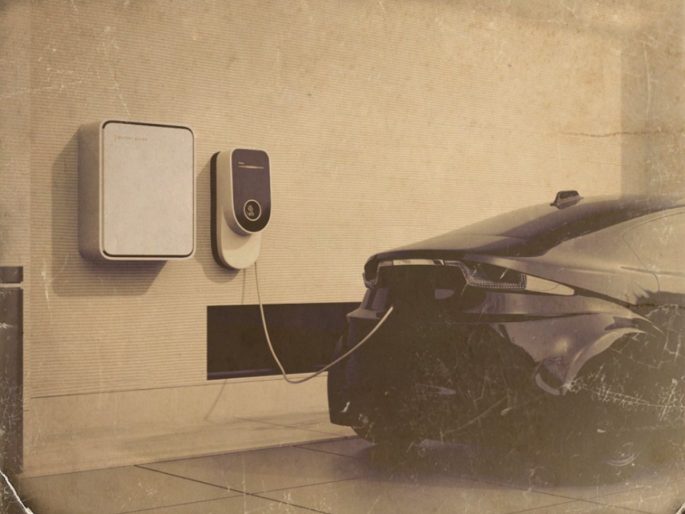Can you imagine a world where gasoline vehicles weren’t dominant and electric vehicles (EVs) were considered the wave of the future? Just look back over 100 years — to the turn of the 20th century!
EVs may seem like a 21st-century innovation introduced to deliver a fleet of lower-emission vehicles, but EVs actually first started gaining momentum in the late 1800s. In fact, according to an article in the October 2021 National Geographic, electric vehicles were the second most popular vehicle during the early 20th century:
Did You Know in 1900:
- 40% of cars in the United States were powered by steam — a popular resource of the time, powering trains and factories
- 38% were powered by electricity
- 22% had internal combustion engines
And while EVs have come a long way since the days of buggies and tricycles being outfitted with battery-powered motors, many of the benefits and disadvantages from the EVs of long ago remain the same today. For instance, the National Geographic article cited this from a review of the first big car show in London in 1896:
“Electricity has the advantage that it works without smell and with less noise and vibration, but the disadvantage of the costliness of the accumulators [batteries], and the impossibility of recharging except where the electric supply is available.”
Gasoline-powered cars from that era needed to be started by a hand crank and were difficult to shift into gear. Electric cars became popular with doctors due to their reliability of starting. And although more people were gaining access to electricity in the 1910s, Henry Ford introduced the Model T in 1908, which made gasoline-powered cars both accessible and affordable. In 1912, the electric starter was introduced. By the 1930s, oil was cheap and EVs were driven out of the market.
Learn more about the history of the electric vehicle from the U.S. Department of Energy.




